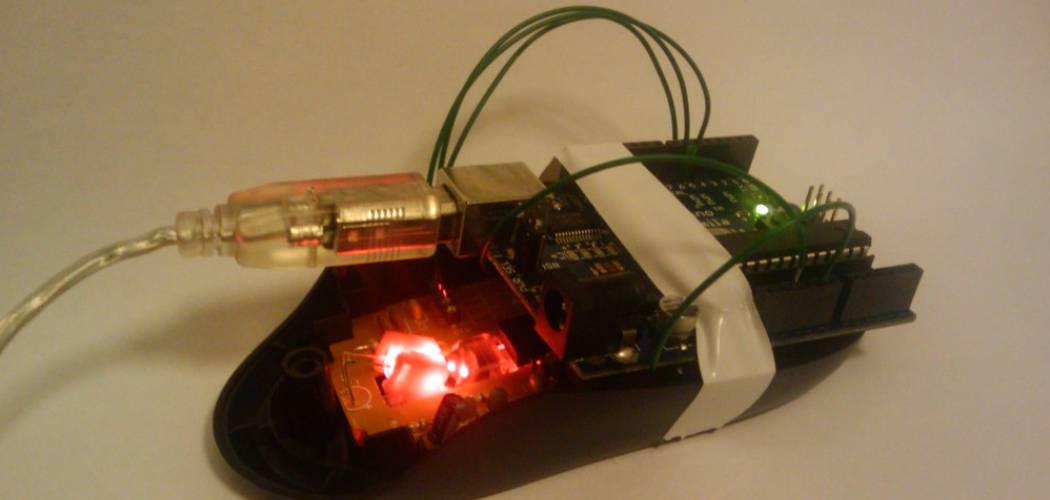Motion sensor lights are a convenient addition to any home or property, providing automatic illumination when movement is detected. However, they can sometimes malfunction or require resetting to function correctly. Whether it’s due to a power outage, interference, or simple wear and tear, understanding how to reset your motion sensor light can save time and reduce frustration.
This guide on how to reset a motion sensor light will walk you through the steps necessary to effectively reset your motion sensor light, ensuring it operates smoothly and efficiently.
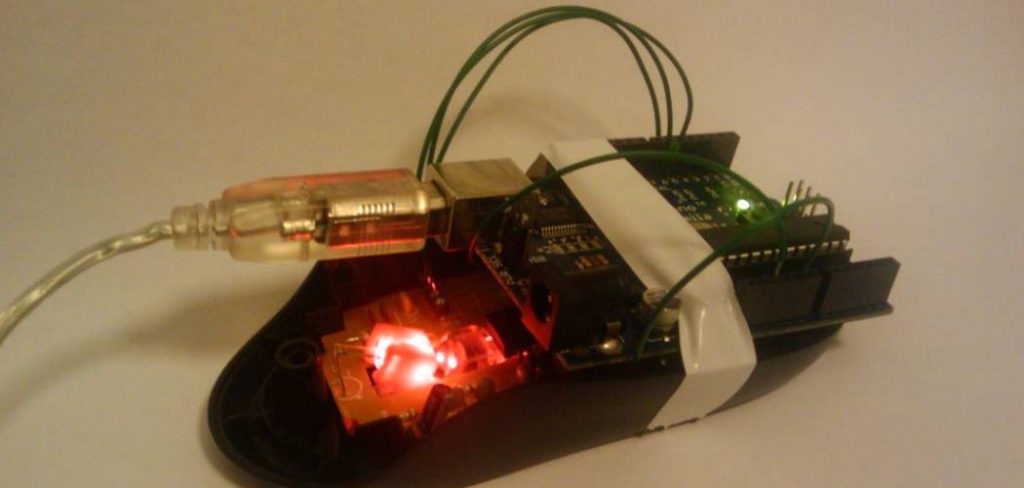
Why Reset a Motion Sensor Light?
There are various reasons why you might need to reset your motion sensor light, including:
Power Outage:
If there has been a power outage, the motion sensor light may not reset itself once power is restored. This can cause the light to remain off or malfunction.
Interference:
Sometimes, external factors such as nearby lights, appliances, or even weather conditions can interfere with the motion sensor’s sensitivity. Resetting the light can help recalibrate its settings and reduce interference.
Wear and Tear:
Like any other electrical device, motion sensor lights are subject to wear and tear over time. This can lead to malfunctions or false triggers, making it necessary to reset the light to restore proper function.
Needed Materials
Before attempting to reset your motion sensor light, make sure you have the following materials:
Ladder or Step Stool (if the Light is Mounted High):
For safety purposes, it is recommended to use a ladder or step stool if the light is mounted high on a wall or ceiling.
Screwdriver:
You may need a screwdriver to remove the cover of your motion sensor light. Make sure you have the appropriate size and type for your specific light.
Instructions Manual (if Available):
If you still have the instructions manual for your motion sensor light, it can provide helpful information and guidance on how to reset your specific model.
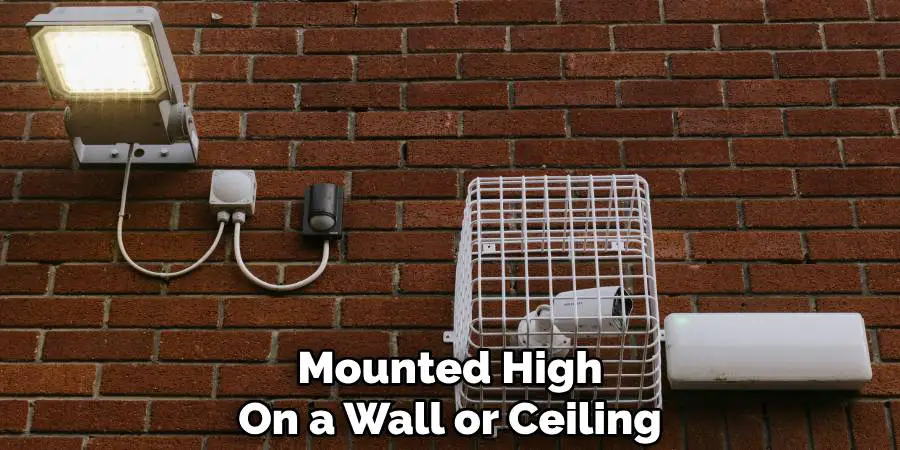
8 Simple Step-by-step Guidelines on How to Reset a Motion Sensor Light:
Step 1: Locate the Sensor
Begin by locating the motion sensor on your light fixture. The sensor is typically a small, rectangular or cylindrical component found near the bulb or the light’s base, often covered by a translucent or plastic dome.
It’s important to identify its position correctly, as you’ll be working closely with this part during the reset process. Ensure that the light switch connected to the motion sensor light is turned off before proceeding with the next steps for your safety.
Step 2: Remove the Cover
Using a screwdriver, carefully unscrew and remove the cover of your motion sensor light. The cover may be held in place by screws or clips, depending on the design of your light fixture. Removing the cover will grant you access to the internal components of the motion sensor.
Take care to keep the screws or clips in a safe place, as you will need them to securely reattach the cover once you have completed the reset process. Make sure the power is still turned off to avoid any electrical hazards.
Step 3: Locate the Power Switch
Once you have removed the cover, the next step is to locate the power switch on the motion sensor light fixture. This switch may be situated inside the fixture or accessible on the outside housing, depending on the model of your motion sensor light. The switch will typically allow you to toggle the power to the sensor without affecting the light’s main power supply.
Flicking this switch can often help reset the sensor’s settings back to default, aiding in resolving any sensitivity or non-functionality issues. Ensure the power remains turned off at the circuit breaker to prevent any electrical accidents while you work with the sensor.
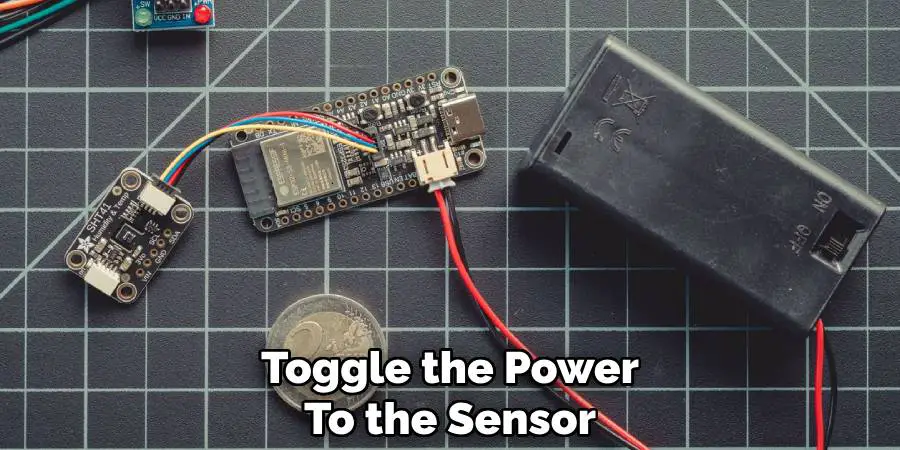
Step 4: Toggle the Power Switch
Next, toggle the power switch on and off a few times to reset the motion sensor light. This action will help discharge any residual electricity that may be causing issues with the sensor’s detection or sensitivity.
If you’re unable to locate a specific power switch for your motion sensor light, you can also try turning off its main power supply directly at the circuit breaker. Let it rest for a few minutes before switching it back on to see if this resolves the problem.
Step 5: Inspect and Clean the Sensor
While you have access to the internal components of your motion sensor light, take this opportunity to inspect and clean its various parts. Dust, debris, or any buildup can interfere with the sensor’s performance and trigger false alarms.
Gently wipe down the lens of the sensor with a soft cloth, making sure not to scratch it. You can also use compressed air or a cotton swab to remove any stubborn dirt from smaller crevices or corners. Cleaning and maintaining your motion sensor light regularly can help prevent future malfunctions and prolong its lifespan.
Step 6: Reattach the Cover
Once you have completed inspecting and cleaning the sensor, it’s time to reattach the cover of your motion sensor light fixture. Carefully align the cover with its corresponding screws or clips, and secure it tightly using the screwdriver. Be mindful not to overtighten, as this could damage the cover or fixture.
Properly securing the cover ensures that the internal components are protected from external elements such as dust and moisture, which could impair the light’s functionality over time. After the cover is securely in place, double-check to ensure all screws or clips are accounted for and fully fastened to maintain the integrity of the fixture.
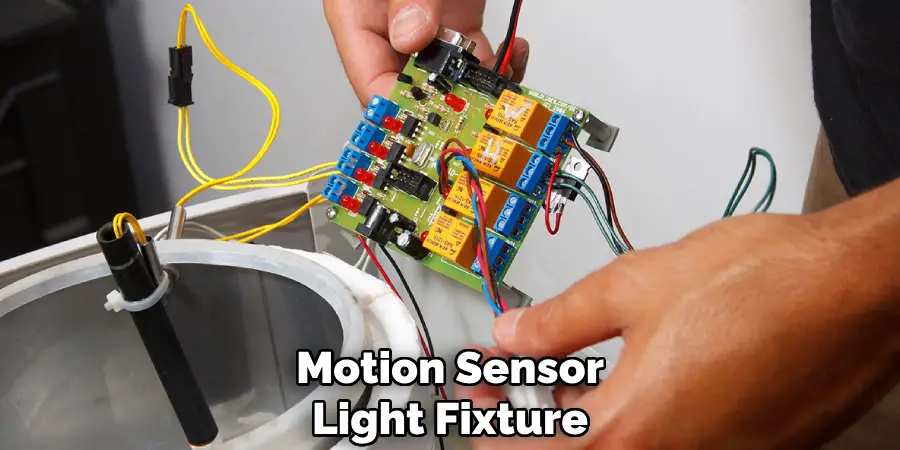
Step 7: Turn the Power Back On
With the cover back in place, you can now turn the power switch or circuit breaker back on to restore power to the motion sensor light. Once it’s powered up, test its functionality by walking in front of the sensor and observing if it triggers the light. If everything works as expected, then your reset was successful!
Although, in some instances, you may need to adjust the sensitivity or range settings on the sensor to achieve desired results. Refer to your instructions manual for more information on how to do this for your specific model.
Step 8: Adjust Settings (If Necessary)
If you’re still experiencing issues with your motion sensor light after resetting it, you may need to adjust its settings manually. Refer to your manual for instructions on how to do this for your particular model.
Following these simple step-by-step guidelines on how to reset a motion sensor light can help you reset your motion sensor light and have it functioning properly again. Remember to always exercise caution when working with any electrical equipment and seek professional assistance if needed. Regular maintenance and upkeep can also help prevent future malfunctions, saving you time and money in the long run.
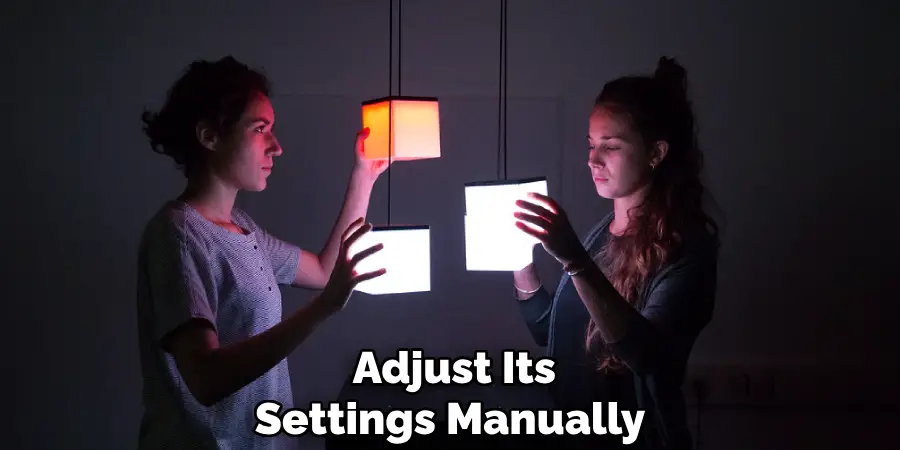
Do You Need to Get Support From a Professional?
In some cases, resetting a motion sensor light may not resolve the issue at hand. If you have followed all the steps diligently and your light still fails to operate correctly, it might be time to consider reaching out to a professional. Electrical components can be complex and finicky, and sometimes, expert intervention is necessary to diagnose and fix persistent problems.
Furthermore, if you’re uncomfortable handling electrical tasks or if the fixture shows signs of damage, contact an electrician for a comprehensive analysis. Professionals have the tools and expertise needed to ensure the safety and proper functioning of your motion sensor lights. It’s always better to err on the side of caution, preventing further complications or safety hazards.
Frequently Asked Questions
Q: How Often Should I Reset My Motion Sensor Light?
A: It’s not necessary to reset your motion sensor light regularly unless you’re experiencing any issues with its functionality. However, regular maintenance and cleaning can help prevent any future malfunctions.
Q: Can I Reset My Motion Sensor Light If It’s Already On?
A: No, it’s important to turn off the power supply before attempting to reset your motion sensor light for safety reasons.
Q: Why is my Motion Sensor Light Not Working Properly After a Reset?
A: There may be underlying issues with the sensor itself or other external factors such as poor placement or interference from nearby objects. Consult your instructions manual for troubleshooting tips or seek professional assistance if needed.
Q: Is it Safe to Reset a Motion Sensor Light Myself?
A: As long as you follow proper safety precautions and turn off the power supply, it is generally safe to reset a motion sensor light on your own. However, if you are unsure or uncomfortable with the process, it’s best to seek professional assistance. Your safety and that of others should always be a top priority.
Conclusion
Resetting a motion sensor light is a straightforward process that can be accomplished with just a few tools and a bit of patience. By carefully following the outlined steps on how to reset a motion sensor light, you can effectively resolve common issues like reduced sensitivity or non-functionality, ensuring that your motion sensor light operates optimally. Regular maintenance, such as cleaning the sensor and checking its settings, can further preserve its performance and extend its lifespan.
Remember, safety should always be your top priority when handling electrical devices. If you encounter difficulties beyond basic troubleshooting, consulting a professional is advised to prevent any damage to the fixture or potential safety hazards. With these guidelines, you can confidently manage and maintain your motion sensor lights, enhancing both the security and convenience of your space.

